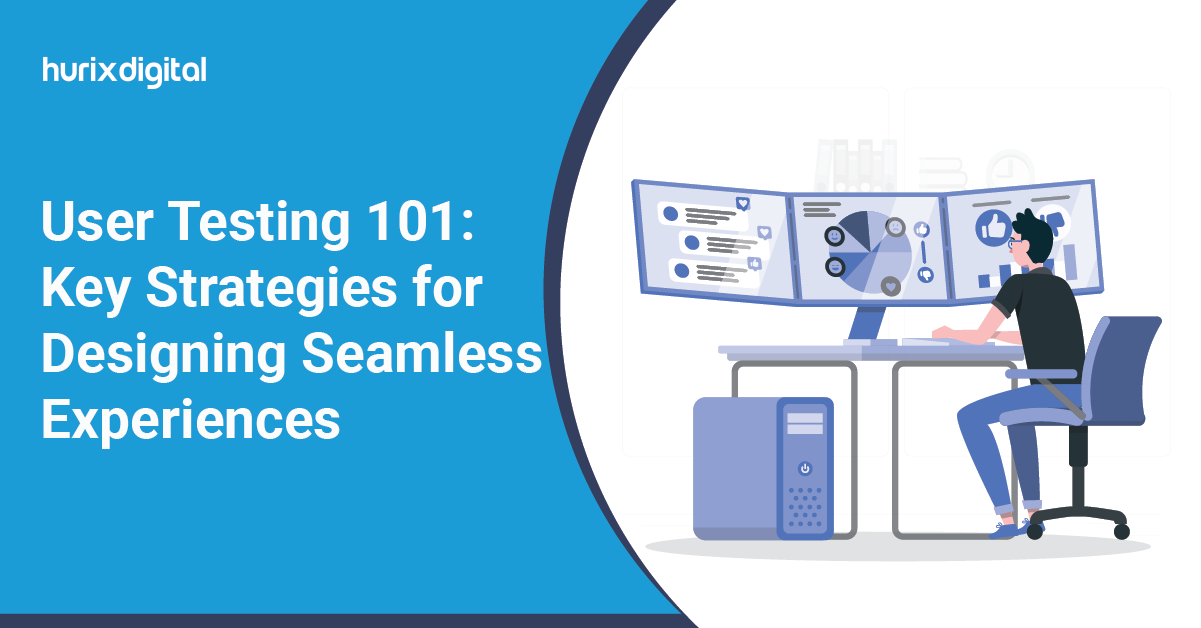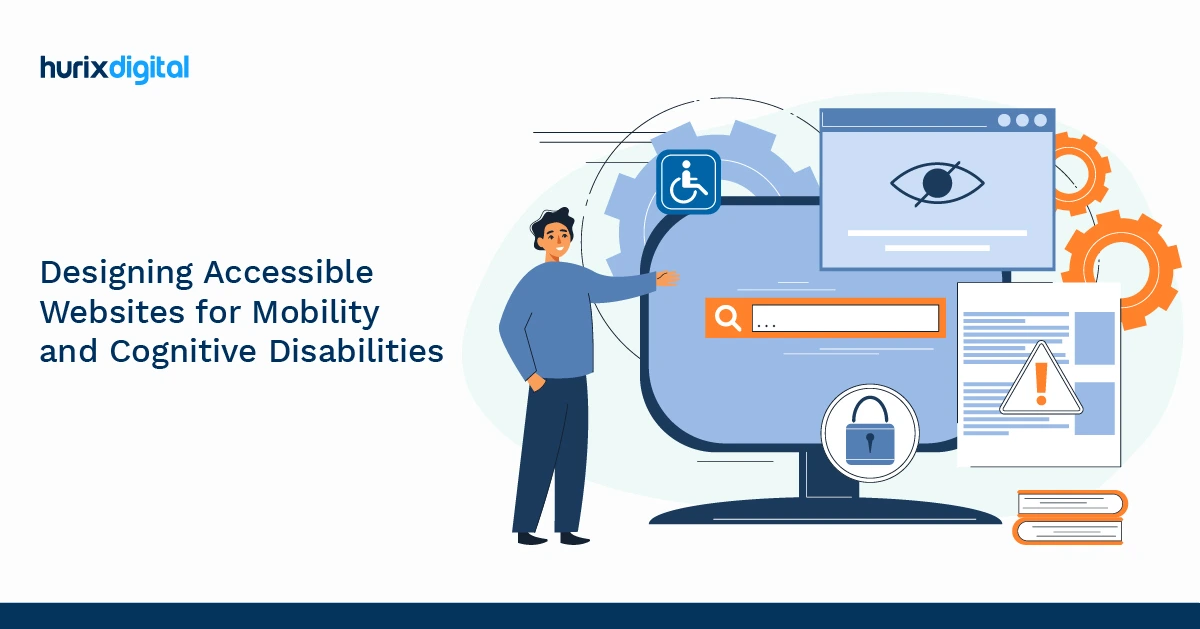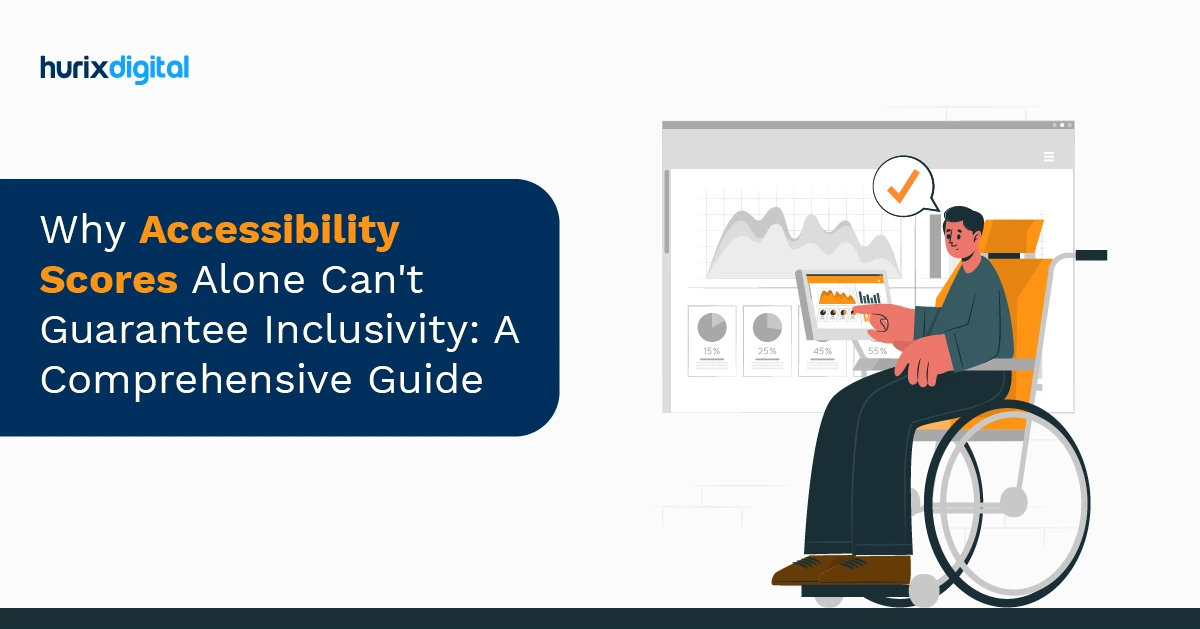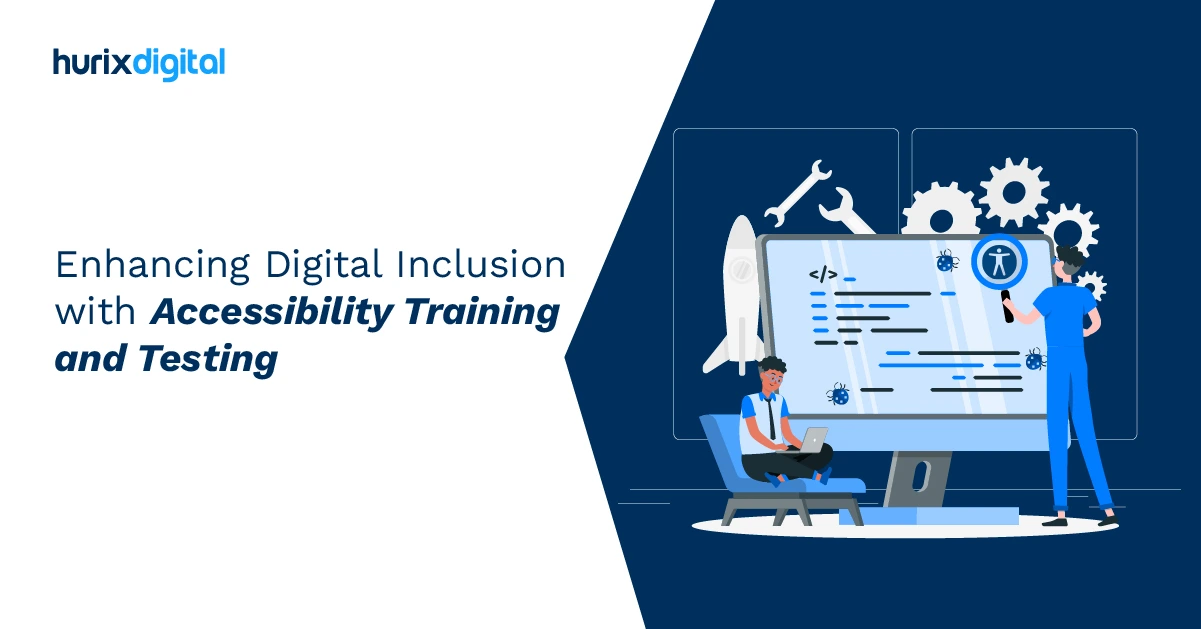
User Testing 101: Key Strategies for Designing Seamless Experiences
Summarize with:
Have you ever used an app or website that seemed to be tailored specifically for you and was easy to use? A key element of great user experience (UX) design is thorough usability testing, which is what makes for that kind of smooth interaction.
Usability testing is crucial since user expectations are higher than ever today. Testing guarantees that your product, whether it be eLearning platforms, workplace software, or mobile apps, not only functions but also does so effectively.
This article offers practical, doable tactics and best practices to assist you in creating products that consumers will adore and trust, regardless of how experienced you are.
Table of Contents:
- Introduction to Usability Testing
- Benefits of a User-Centered Design
- How to Plan Your UX Research and Testing
- Key Usability Testing Strategies to Explore
- Step-by-Step Usability Testing Process
- Wrapping Up
Introduction to Usability Testing
Usability testing involves determining whether the product functions as intended by observing the user with it or performing specific tasks.
Its primary purpose is to discover any potential usability issues in the product that prevent users from achieving the task in the intended manner. These considerations help make the product user-friendly and intuitive.
Understanding usability testing is the first stage to creating products with easy user experiences.
Why is Usability Testing Crucial for UX?
- Uncovers Usability Issues: It identifies problems that users might face.
- Enhances User Flow: It helps make navigation smoother and more intuitive.
- Saves Time and Costs: Early problem identification reduces the need for expensive repairs after launching products.
- Increases User Satisfaction: A better user experience boosts audience participation and loyalty.
Benefits of a User-Centered Design
User-centered design (UCD) focuses on the user’s needs, behavior, and goals during the design process. It prioritizes user feedback to ensure the final product solves real problems and meets expectations.
The following are the main advantages of using a user-centered design approach:
- Relevance: Create goods that address real-world issues and users’ realistic demands. You can develop solutions that connect with users and improve their daily lives by learning about their problems.
- Simplicity: Create clear, simple, and easy-to-use designs to reduce misunderstandings. Thanks to simple designs that lower the learning curve, users can accomplish their objectives more rapidly and effectively.
- Accessibility: Designing inclusively to accommodate users of all abilities, including those with disabilities, is known as accessibility. Accessible products broaden your customer base, enhance usability for all users, and adhere to legal accessibility requirements.
- Trust: Build dependable and user-friendly goods to inspire confidence in users. A flawless experience fosters customer loyalty by enticing customers to come back and refer others to your product.
Also Read: Beyond Aesthetics: How Strategic UX Design Impacts Bottom-Line Results
How to Plan Your UX Research and Testing
Planning is the foundation of effective UX research and testing. A well-thought-out plan ensures your efforts are targeted, efficient, and impactful.
Here’s how to get started:
1. Defining Goals and Scope
- Set Clear Objectives: Know what you want to achieve through usability testing (for example, testing navigation flow or task completion).
- Determine Success Metrics: Acknowledge fundamental performance indicators, such as task completion time, error rates, and user satisfaction.
- Keep the Coverage Focused: Test only the most required features to avoid users getting overwhelmed with testing.
Setting clear goals and limiting the scope ensures that your usability testing efforts remain focused and efficient.
2. Selecting the Right Participants
- Identify Your Target Audience: Use demographic data to choose participants to match the target users of your product.
- Recruit Diverse Participants: Include users with different backgrounds to get varied insights.
- Screen Participants: Ensure they have the characteristics or behaviors you want to study.
Choosing the right participants is key to gaining insights that will directly inform the improvements you make to your design.
Key Usability Testing Strategies to Explore
Here are the top strategies that can elevate the effectiveness of your usability testing:
1. A/B Testing
Compare two versions of a feature or design to see which performs better. It involves testing different colors, layouts, or wording on a button. You can make design choices by testing clicks, conversions, or engagement that truthfully reflect what users want instead of just guessing.
A/B testing helps you use data to make decisions that improve your product’s success and appeal.
2. Moderated vs. Unmoderated Testing
- Moderated Testing: Using this, a researcher is with the user during the test to guide them and pose follow-up questions. It allows real-time insights.
- Unmoderated Testing: Users complete tasks independently, often through online platforms. It is affordable and lets you include more participants.
The selection between moderated and unmoderated testing depends on your goals and resources.
3. Quantitative and Qualitative Testing
- Quantitative Testing: Quantitative testing looks at measurable data, like how long a task takes or how many users complete or fail an action. It provides data that can highlight patterns or areas of concern.
- Qualitative Testing: Qualitative testing involves gathering non-numerical data like user feelings, thoughts, and comments. For example, asking users to describe their experience while navigating through a feature can give deeper insights into why they may struggle with it, even if the task completion rate looks fine.
4. Surveys
Surveys are a popular method for gathering usability feedback. They involve using questionnaires with a variety of question formats to collect valuable insights from users.
This approach is scalable, making it possible to gather data from a large number of participants, which helps developers perform thorough analyses and identify trends.
5. User Personas
Developing fictitious profiles that embody the objectives, actions, and dispositions of an ideal user is known as user persona creation.
This approach helps ensure that development and design meet users’ requirements and expectations. By examining the elements that affect users’ experiences, developers can better adapt the product to users’ demands.
Step-by-Step Usability Testing Process
Here’s a clear, structured approach to conducting effective usability testing:
1. Preparing for Usability Tests
- Develop Test Scenarios: Write realistic tasks for users that align with their goals.
- Choose the Right Tools: Use appropriate platforms for conducting the tests, whether moderated or unmoderated.
- Prepare a Test Script: Outline tasks and follow-up questions to guide the session consistently.
Proper preparation will ensure the test runs efficiently, allowing you to gather valuable insights without unnecessary delays.
2. Conducting the Tests
- Set a Comfortable Environment: Make users feel at ease so they act naturally.
- Encourage Thinking Aloud: Ask users to explain their thoughts as they complete tasks.
- Observe and Take Notes: Watch users closely to spot areas where they struggle.
You can encounter usability issues that are not immediately apparent by observing and listening to participants.
3. Analyzing and Acting on Feedback
- Reconsider the Findings: Evaluate quantitative and qualitative data to recognize the most common problems.
- Prioritize Usability Problems: Focus on issues that influence the most users or have the highest severity.
- Iterate on Designs: Implement improvements and run additional tests if necessary.
Also Read: How to Enhance User Experience for Web Accessibility Testing?
Wrapping Up
Usability testing is key to creating products that are simple and enjoyable to use. Testing early often helps catch problems before they become costly and improves the user experience. Understand your users, gather feedback, and refine your design for a smooth, intuitive experience.
If you’re ready to leap into product improvement, Hurix Digital can help. With our expertise in usability testing and UX design, we can guide you through the process of creating a product that users love. Feel free to reach out to us today and take the first step toward seamless user experiences!
Summarize with:

Vice President & SBU Head –
Delivery at Hurix Technology, based in Mumbai. With extensive experience leading delivery and technology teams, he excels at scaling operations, optimizing workflows, and ensuring top-tier service quality. Ravi drives cross-functional collaboration to deliver robust digital learning solutions and client satisfaction
 Upcoming Masterclass | Build an Army of Brand Evangelists using Training & Development | November 20th, 8:30 AM PDT | 11:30 AM EDT | 10:00 PM IST
Upcoming Masterclass | Build an Army of Brand Evangelists using Training & Development | November 20th, 8:30 AM PDT | 11:30 AM EDT | 10:00 PM IST




